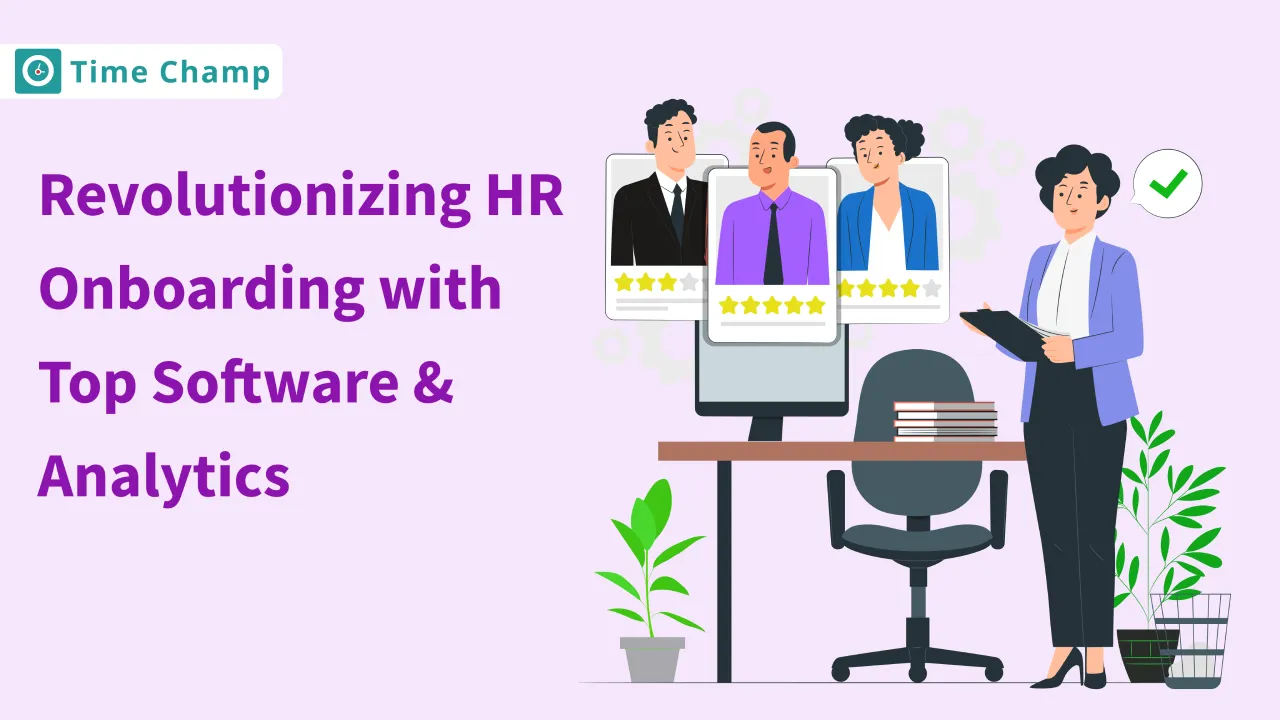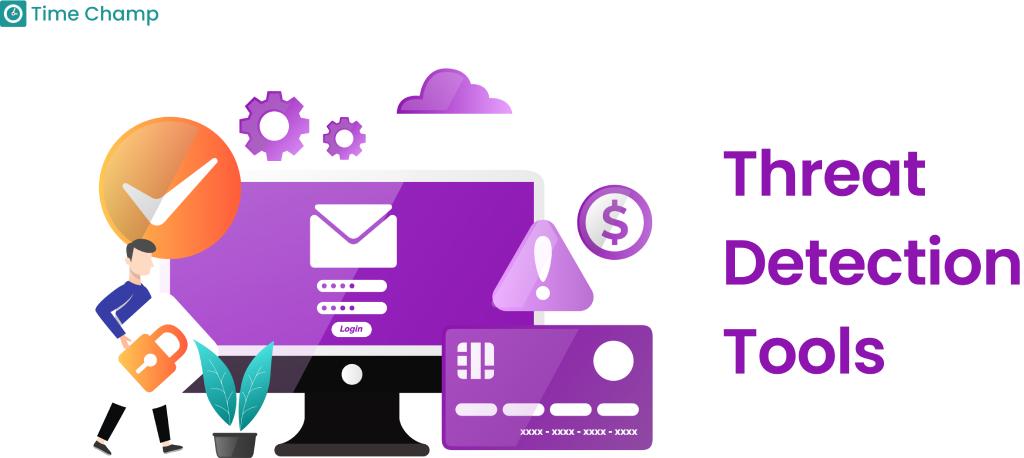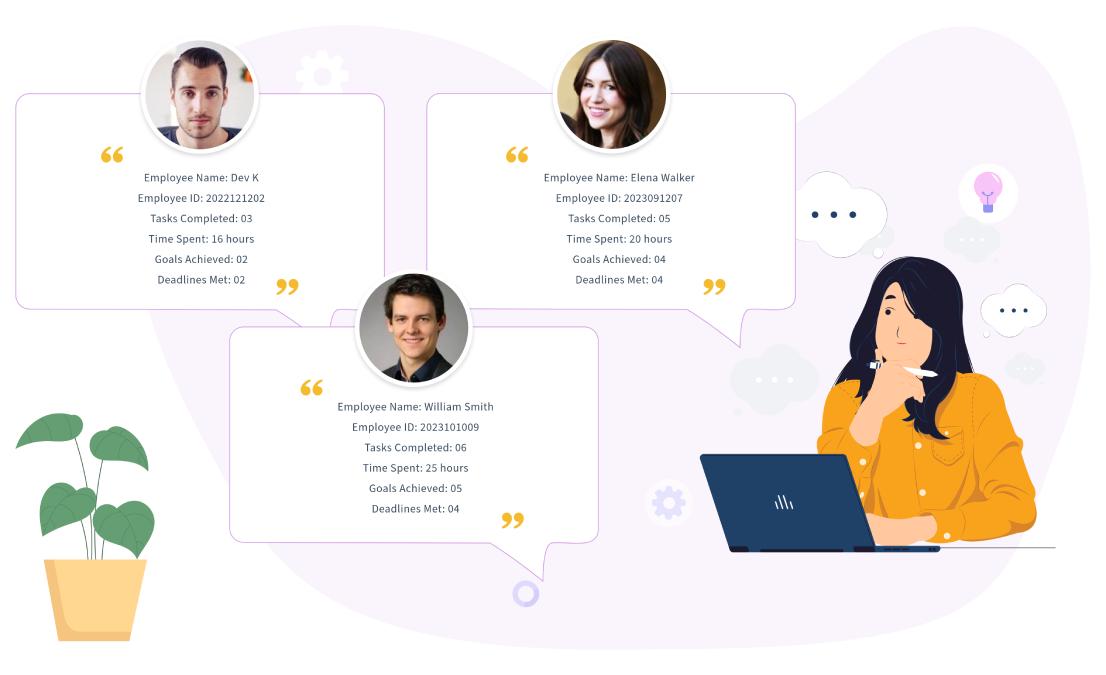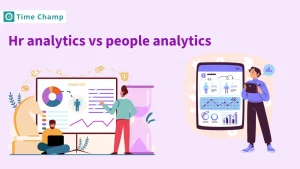Given the rise of remote teams and digital nomadism in today’s changing workplaces, the significance of efficient onboarding procedures has tremendously increased. The heart of this process lies in high-calibre onboarding software that helps to set up a warm reception for the new employees. This guidebook will provide us with insight into how to identify the best onboarding software and systems for a company’s new employee, which transforms a rookie recruit into a core asset of a company. In addition, we shall examine HR analytics software and tools that apply for tuning onboarding experience and results. Have you considered Time Champ? A powerful tool that will not fail you as you seek perfect HR performance.
What is HR Onboarding Software?
HR onboarding software represents the technological skeleton of human resource departments, which allows for hassle-free integration of new employees into an organization. Some examples of such solutions include simplistic orientation platforms and comprehensive systems that encompass a complete set of HR techniques. This remains unchanged – the mission is to provide compelling, illuminating, and informative gateways to a company’s mission, culture, and operating procedures.
Why Purchase Premium Onboarding Solutions?
New hire Onboarding Software is a worthwhile investment that can help reduce administrative burden, improve hiring experiences, and encourage early employee engagement. When applied adequately, those onboarding solutions are capable of slashing down turnover rates and setting in motion a vicious cycle of engaging – and retaining – high performers.
Connecting HR Onboarding and Analytics at the Intersection.
Modern-day onboarding systems for new employees involve analytics, showing that even HR technologies have grown over time. With HR analytics software, HR professionals have the hard data needed to refine the onboarding journey, customize experiences based on their unique needs, and consistently improve performance through actionable data.
In the following sections, we shall reveal what lies beneath the layers of advanced onboarding methods, highlight the characteristics of the most efficient systems out there, and show how analytics can improve the onboarding process.
Characteristics or Traits of Stellar HR Onboarding Software.
When shopping for the best onboarding software in the market, a few characteristics are the signs of good quality. Let’s delve into these attributes:
1. Customization and Personalization
Every fresh recruit represents an exceptional person who needs special consideration. Personalized onboarding flows through software ensure that every new hire is appreciated from day one.
2. Integration Ecosystem
The premium HR onboarding tools can easily synchronize with existing HR systems such as payroll andmonitoring of performance. Therefore, this interconnectedness is vital for a flowing continuum in HR operations and a smooth experience for the new person.
3. User-Friendly Interface
The onboarding platform should be user-friendly to both HR staff and new employees. A user-friendly interface makes it possible for all concerned to gain value right from day one, with short learning curves.
4. Compliance and Documentation Tracking
The best onboarding systems make sure that everything, including tax forms and confidentiality agreements, is well documented and secured.
5. Welcome and Cultural Immersion
There are numerous ways in which an HR team can introduce new hires into the company culture and make their identification with the company strong, such as creating positive, welcoming introductory processes and procedures.
6. Continuous Improvement Through Feedback
Top-tier software enables the provision of ongoing feedback and the adjustment or fine-tuning of onboarding processes for future recruits.
A robust HR Infrastructure and New hire Onboarding Software.
The investment that the company makes in creating a powerful onboarding strategy is for its future. Using onboarding systems, HR practitioners establish a platform that will enable employees throughout their stay.
HR onboarding solution also provides for additional learning and career development and allows employees to grow with the business.
When deciding upon another system, one should consider the balance of features ease of use and vendor support community feedback. Reading reviews and case studies will make you understand how an organization has raised the onboarding bar for other firms.
The Role of Onboarding Software in Retention and Culture.
Retention of employees begins from day 1. Engaging onboarding process in which employees can see themselves as a worthy member of the company. By recognizing the unique capabilities and talents that each employee brings to the table, effective onboarding programs create a feeling of belonging and ownership.
Culture is not merely a buzzword – it is the life and breath of the ethos of the company, which every employee adds to it. Effective onboarding goes beyond telling the culture to the new employee; it incorporates the new employee into its daily creation and innovation. Ensure you also look into options such as Time Champ that have been formulated for the knowledge that implementation is not just one event but an ongoing endeavour.
Onboarding Through HR Analytics.
With ever increasing complexity of organizations, the need for data-driven decision-making is becoming inevitable. It is at this point that HR analytics software and tools come in, providing meaningful information not just about the employees’ performances but also on the subtleties of the onboarding process.
The Importance of HR Analytics Tools.
Essentially, HR analytics software is more advanced than mere metrics as it studies the patterns in employee data. An example of what this includes is employee engagement ratings, time-to-productivity ratio, and long-term impacts on retention rates.
Armed with this software, firms put themselves in a good position to figure out what works and what does not, so that they can adjust their onboarding solutions to the particularities provided by their workforces.
The Main Characteristics of HR Analytics Tools.
When assessing the best HR analytics tools, consider the following functionalities:
- Predictive Modeling: Relies on historical data about future outcomes that are likely to result in long-term employee success for example onboarding practices.
- Employee Lifecycle Tracking: Analyzes data throughout an employee’s lifecycle for insight into even the earliest experiences, including onboarding.
- Real-Time Analytics: Provides real-time input into onboarding practices, enabling real-time adjustments and immediate improvements.
- Self-Service Reporting: Allows HR teams and managers to produce bespoke reports without involving any advanced IT knowledge.
- Such functionalities make a company a learning organization that keeps changing its human resource strategies and policies.
Combining HR Analytics with Onboarding Systems
The incorporation of HR analytics software allows you to have a clear picture of the adjustment, learning, and integration of new hires to the organization and their new roles. These may include how long it takes for a person to engage with onboarding materials and connect with supervisors, peers, and employees.
Such insights, prompted by a need for further support or training, inform targeted interventions whenever necessary. However, the transition should be smooth enough to ensure happiness, satisfaction, and peak performance of employees.
Benefits of an Integrated HR Onboarding System printable version
An efficient onboarding program depends on a comprehensive HR onboarding system that takes into consideration the full experience or journey of a new hire. A well-rounded system covering paperwork, as well as cultural assimilation, offers the employee an integrated and collaborative entry opportunity.
The Right Tools for Efficient Onboarding.
The best HR onboarding systems can help your organization simplify its processes, enabling you to manage paperwork and letting the HR professionals concentrate on human aspects like mentoring and face-to-face talks.
Employee development and the role of onboarding solutions.
Quality HR onboarding solution is not only addressed to a fresh employee’s temporary requirements. These act as seedbeds of ongoing growth and career development that create avenues for employees toward self-empowerment through training and promotion in their workplaces.
Automation and Onboarding
Onboarding automation makes sure that the tedious and administrative tasks are performed accurately. Automation minimizes errors and saves time thus human resource staff can focus only on important and valuable activities which will impact the experience of a new hire positively.
Feedback Loops
The use of onboarding tools should entail constructive feedback, which is crucial for overall continuous improvement. The program may be improved tangibly if their initial experiences of being onboarded are solicited from new employees.
Finding The Best Onboarding Software for Your Company
Finding the most suitable onboarding software becomes more and more problematic when one has a myriad of choices. Your company’s peculiarities (needs, culture, and long-term HR strategies) should be the basis for the selection process.
Considerations When Choosing Onboarding Software
- Scalability: Can the software grow alongside your business?
- Customizability: However, does it provide personalized experiences aligned with your company’s culture and values?
- Ease of Use: Are users competent to handle it regardless of how tech-savvy they are?
- Support: Does the vendor offer sufficient assistance for implementation and repair?
Putting It All Together
By integrating an onboarding system with efficient HR analytics tools, a powerful machine of insights and efficiency can be achieved. This is a system that allows different organizations to welcome, track, and grow talent from day one giving the company the strategic edge in this highly competitive corporate environment. Integrating advanced technology such as TimeChamp can greatly improve that activity, making the best out of your onboarding team’s management and analysis.
Conclusion
The fusion of technology with the human touch in pursuit of organizational excellence is not just an aim but rather a must. Successful integration strategies for new employees are built on a solid foundation of HR onboarding solutions steeped in analytics and thoughtful design. The innovative onboarding systems must be embraced by companies as they strive to deal with the hurdles of finding and retaining employees amidst stiff competition in the job market. However, these systems seamlessly combine functionality, user experience, and informational richness as they are a great toolkit for integrating new employees into the company’s culture.
Using the best onboarding software is much more than optimization, it becomes an organization’s commitment to its people. Using HR analytics software and sophisticated HR onboarding systems, organizations ensure that their onboarding programs are neither statistical nor dynamic frameworks adaptive and effective. It is not by chance that such an adaptive approach creates conditions for the successful employment of each employee starting today and in the days to come.
Therefore, the HR-technological embrace of onboarding is a path towards an increasingly interactive-oriented, visionary, and supportive working environment. It is a recognition that while the technological experience powers the process, it is the human experience within that process that defines the technological experience and therefore ultimately, the process. A set of such tools as Time Champ is already waiting for those ready to undertake reform of their onboarding procedures. This is likely to be the beginning of a positive and fruitful employee journey.
FAQs on HR Onboarding
The best onboarding software is one that balances a user-friendly interface with comprehensive features such as customization, integration capabilities, learning management systems, and compliance tracking. It should enhance the employee experience from pre-boarding through to full integration into their role.
HR analytics provides insights into the effectiveness of onboarding strategies, enabling HR professionals to tweak programs for better outcomes. Analytics can highlight areas
of confusion or difficulty for new hires, guide resource allocation, and improve time-to-productivity ratios.
Yes, onboarding systems are scalable and can be tailored to suit the needs of any organization, regardless of size. Small companies can benefit as much as larger corporations from the structure and efficiency these systems provide.
Absolutely. Effective onboarding processes foster a sense of belonging and clarity about job expectations, which can reduce early turnover and improve long-term retention.
Customization is key to creating personalized and engaging onboarding experiences. An onboarding platform that allows for customization can help new employees feel valued and part of the team from day one.
Most modern onboarding systems are designed to integrate seamlessly with various HR platforms, but it’s important to verify this during the selection process.
A positive onboarding experience can affirm an organization’s values and practices, helping to cultivate and maintain a healthy and positive workplace culture.
Yes, many onboarding solutions include features for tracking and managing compliance-related documentation and activities, ensuring legal and organizational requirements are met.
Support offerings can vary, but typically include training, customer service, and technical support to assist with implementation and ongoing maintenance.
There are onboarding solutions available at various price points, including scalable options that cater to smaller budgets while still enhancing the onboarding experience for new hires.







